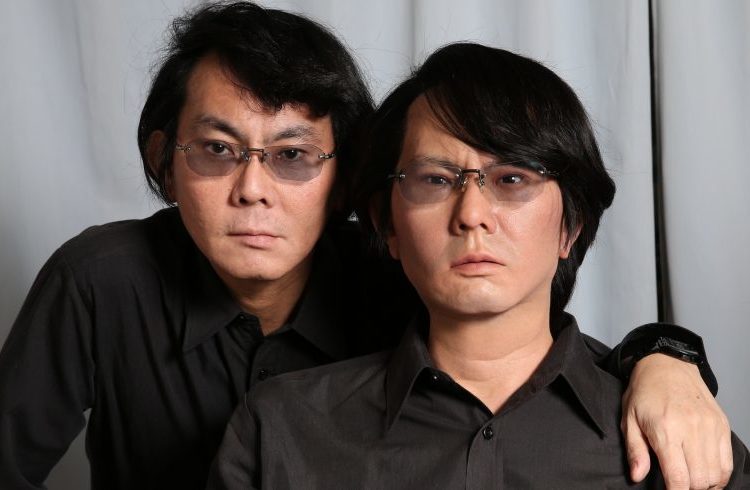Hiroshi Ishiguro is in Cuba but almost no one knows it. A journalist from the Cuban television news system published on his Facebook profile that the Japanese engineer would be in the José Antonio Echeverría Higher Polytechnic last Monday giving a lecture on robots and humans.
But let’s not think about industrial robots prepared to fit pieces with great precision, or about small cars driven by hand from a distance, or about the iconic droid that Georges Lucas immortalized in his film Star Wars as R2-D2. Neither should we imagine those anthropomorphic machines that help in cleaning the house, plan the menu and sing bedtime songs with their electronic voices.
Engineer Hiroshi Ishiguro is well-known in the world because he has been able to create robotic copies of human beings: perfectly humanoid robots that make us ask ourselves about the perspectives of the relationship between the natural and the artificial world.
One of his most famous robots is the GEMINOID HI-4, the scientist’s almost identical replica, whose first version was from 2005 – it’s already on its fourth -, and which is now visiting us in Cuba together with its creator.
The robot functions through teleoperation: it captures the signals it receives through earphones with sensors. And it is able to synchronize the movements of its face with the words it says.
Evolution of GEMINOID HI
Ishiguro, the director of Osaka University’s Laboratory of Robotic Intelligence, builds these human replicas as a means to get to know what makes us humans. “That is the final question. Our objective is not to profit from this or eat delicious foods, but rather to understand ourselves.”

Erica, from 2015, is the lab’s first completely autonomous android. It can keep up a conversation for 10 minutes.
Some of its characteristics that reinforce its “humanity” are voice recognition, the human follow up by infrared rays, the speech synthesis and the generation of natural movement.
“I’m interested in human nature, I want to understand myself,” Ishiguro explains. “Once we incorporate willpower and desire [to the robots], they will be able to act in a much more human way and will be able to understand people’s intentions and wishes,” he considers.










